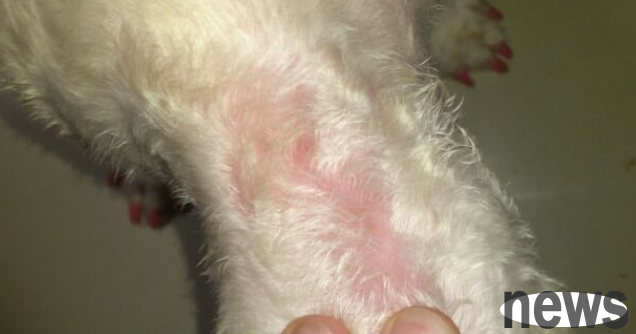Beware of itchy skin in dogs in summer, and see these treatments!
The epidermis of dog skin has only 3 to 5 layers, which is much thinner than that of human skin, so the skin of dogs is relatively fragile. In summer when the skin problems are most likely to occur, people can apply several layers of skin care products on their skin, while dogs can only rely on the skin's own barrier and the protection of hair to block the invasion.

The weather is damp and hot in summer, which is suitable for the reproduction of lice and fleas, and on the other hand, it will increase the metabolic burden on the dog's skin. The ultraviolet rays brought by the scorching sun can easily damage the dog's skin. In summer, the number of times the owner takes the dog out increases, and the complex external environment will increase the chance of skin attack, such as the extremely active lice fleas in the grass.

The symptoms of various skin diseases are also diverse, and the most common symptoms include hair loss, itching, rash or erythema, and skin color changes. Here, I will introduce to you a few skin diseases in dogs that are more common in clinical practice but rarely understood by parents.
Flea allergic dermatitis is an extremely itchy dermatitis caused by flea exposure. Most often occur between June and 5 years old. In North America, it is usually seasonal onset, from May to the first freezing, but it can occur year-round in warm areas. Clinical symptoms dogs have moderate to severe itching at the biting site, with papules, redness and self-injury caused by gnawing and scratching. In dogs, the most commonly affected areas are the caudal base, back, dorsal thighs, and front legs. Hair removal, skin scratches, skin pigmentation and scales.
Environmental flea control is also extremely important, and your veterinarian may kill adult fleas. These products belong to pyrethroids and have a rapid killing effect. As long as their concentration exceeds 0.5%, it will cause cat poisoning. Indoor and outdoor use are stable and can be purchased from veterinary, pet stores and household goods stores.













